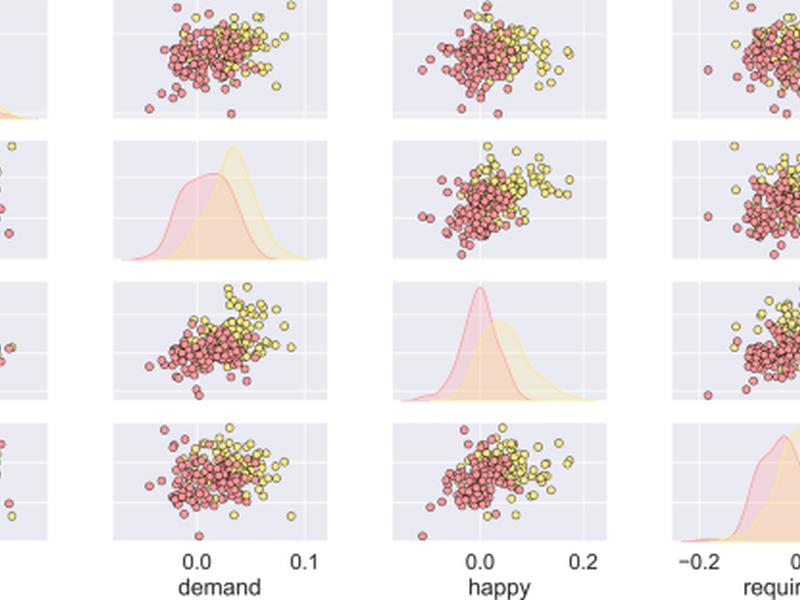This paper discusses the use of machine learning algorithms to extract information from legal documents. It argues that the essential features of such texts must be captured in order to effectively analyze them. To do this, legal theory is used to identify the most pertinent dimensions of the texts, such as the interest theory of rights and the first-order Hohfeldian taxonomy of legal relations. A novel heuristic based in philosophy and language models is implemented to identify Hohfeldian relations of ‘rights-duties’ vs. ‘privileges-no-rights’, and classification of each type of relation to accuracies of 92.5% is found using Sentence Bidirectional Encoder Representations from Transformers. This study is tested on religious discrimination policy texts in the United Kingdom.
Previous ArticleStaying Ahead In Hyper-competitive Market Requires Investing In Cutting-edge Technology: Zee Entertainment Enterprises Cto
Next Article Iot Jolts Energy, Utility Providers Into New Era

